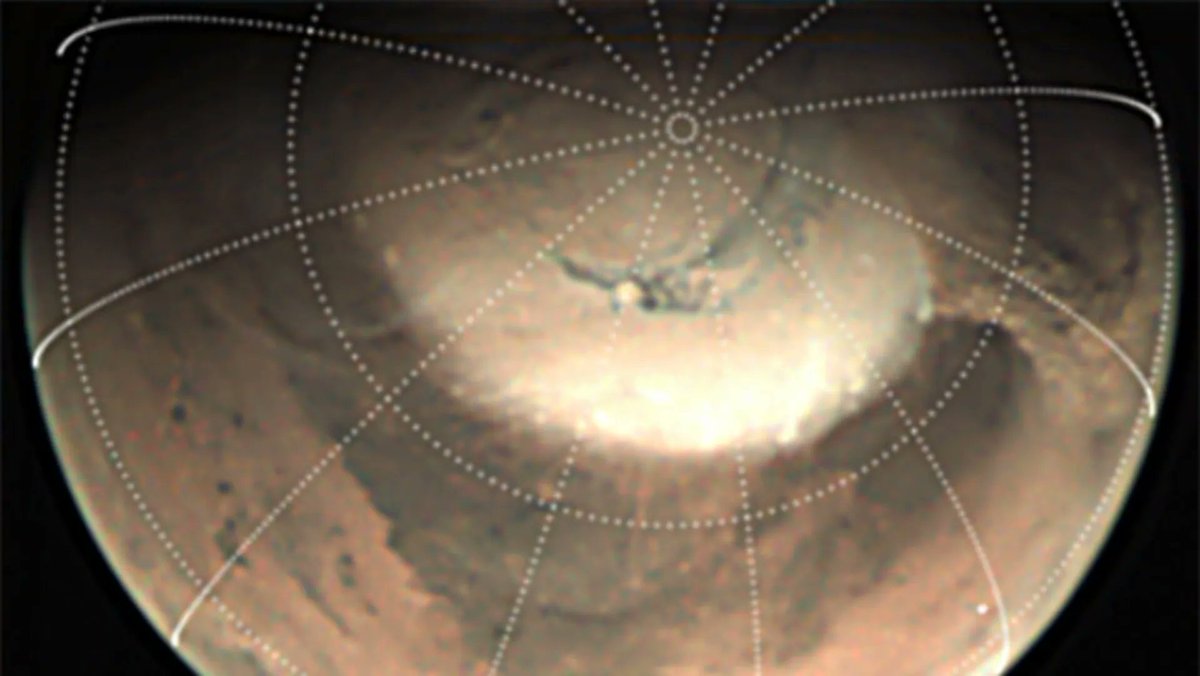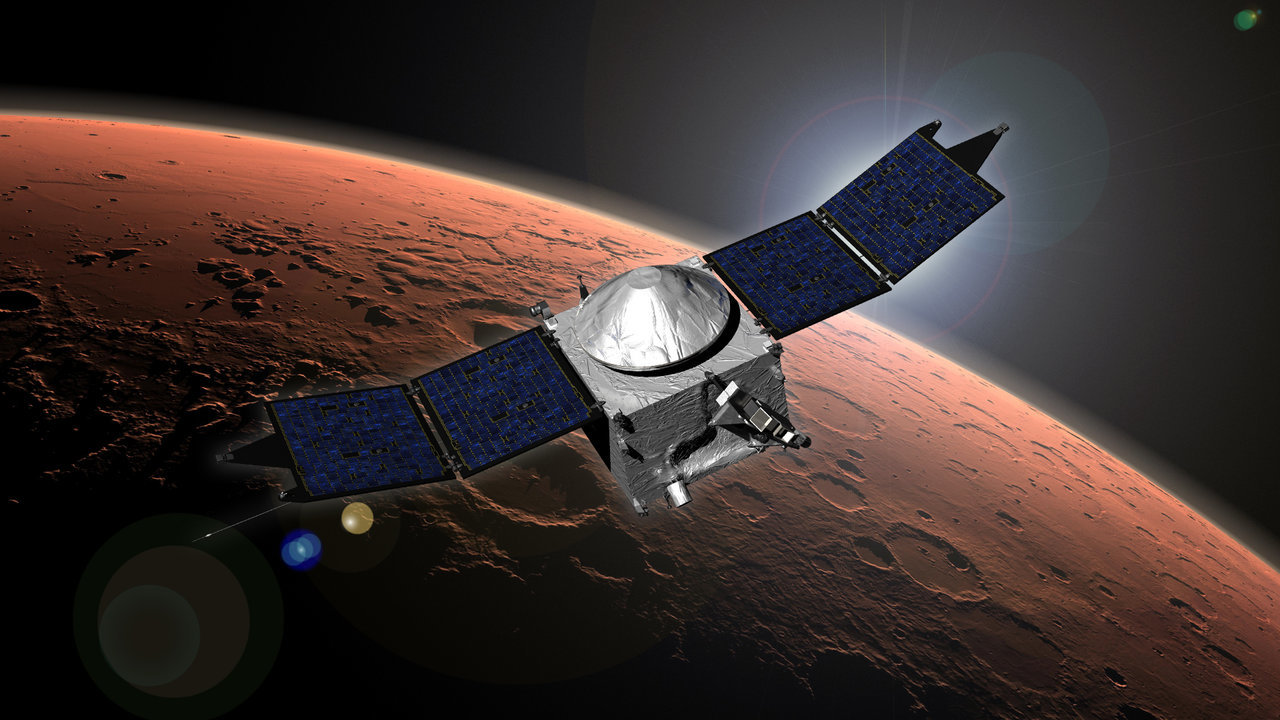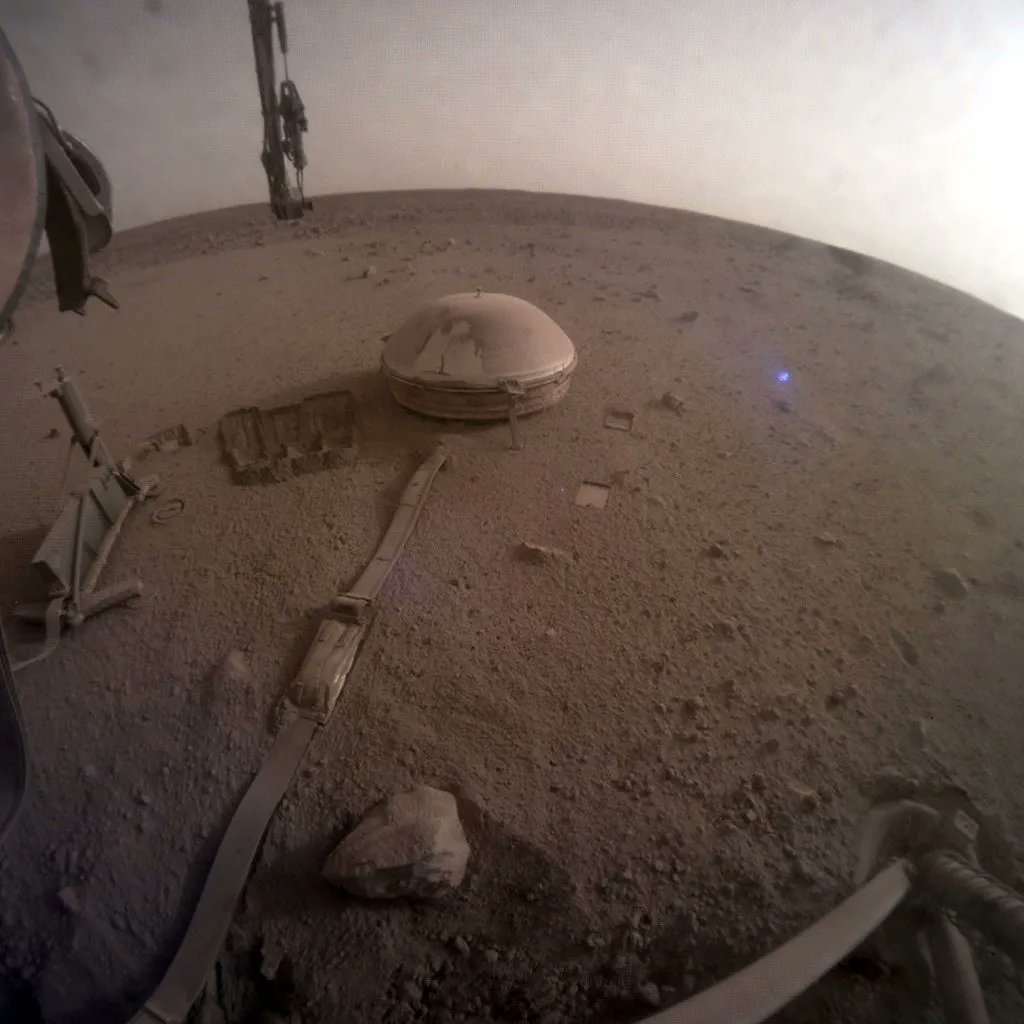In January 2004, NASA rovers Spirit and Opportunity (aka “Oppy”) landed in two completely different locations on Mars. Their missions were only designed to last 90 sols (approximately 90 Earth days), but they exceeded these parameters, and then some. While Spirit lasted until 2010, Opportunity lasted another astonishing eight years, when it sent its last transmission to Earth in June 2018. During its more than 14-year tenure on the Red Planet, not only did Opportunity gain celebrity status as being the longest serving planetary robotic explorer in history, but it helped reshape our understanding of Mars’ present and past. Now with the help of Amazon Studios and available on Amazon Video, we can re-live the adventure of this incredible rover with Good Night Oppy.
Continue reading ““Good Night Oppy” Beautifully Illustrates the Unbreakable Bond Between Humans and our Robotic Explorers”With a Small Network of Satellites Around Mars, Rovers Could Navigate Autonomously
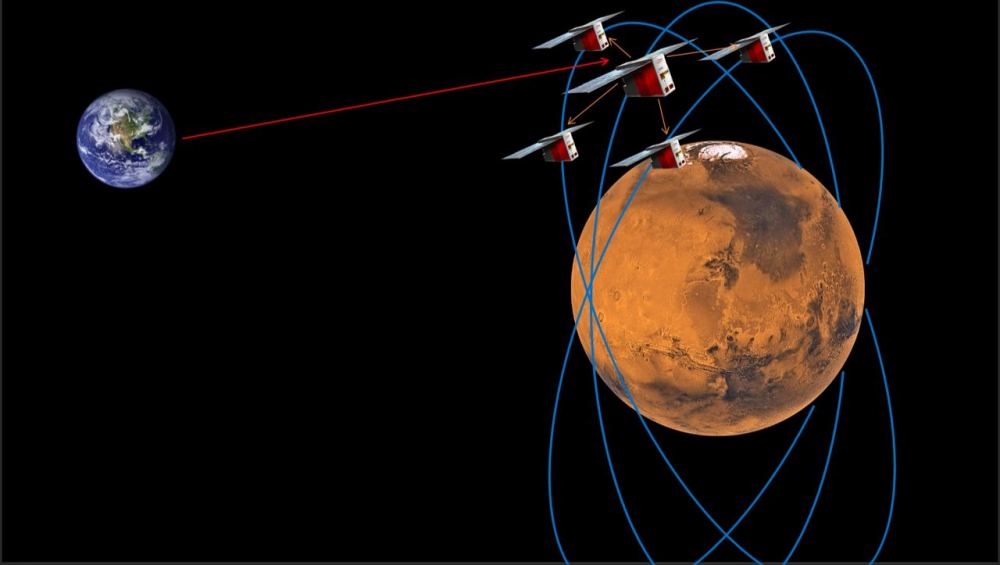
When it comes to “on the ground” exploration of Mars, rovers make pretty good advance scouts. From Pathfinder to Perseverance, we’ve watched as these semi-autonomous robots do what human explorers want to do in the future. Now, engineers are studying ways to expand rover exploration on Mars. One thing they’re thinking about: communication satellite constellations for Mars surface navigation.
Continue reading “With a Small Network of Satellites Around Mars, Rovers Could Navigate Autonomously”Should We Build a Nature Reserve on Mars?
There are 8 billion of us now. The UN says when the population peaks around the year 2100, there’ll be 11 billion human souls. Our population growth is colliding with the natural world on a greater scale than ever, and we’re losing between 200 and 2,000 species each year, according to the World Wildlife Federation.
An Engineer from the UK says that one way to mitigate the damage from the clash between humanity and nature is to create more habitat. We could do that by building Terran ecosystem preserves on Mars.
Continue reading “Should We Build a Nature Reserve on Mars?”Many Clouds on Mars are Driven by Dust, not Water
One of the benefits of having a cluster of satellites orbiting another planet is that scientists can then analyze that planet’s weather. Sometimes in that process, they find patterns that are strikingly similar to those found on our home planet. That was the case recently when a group of scientists from ESA used data from Mars Express to analyze cloud formation on Mars. To no one’s surprise, dust seemed to be at the core of that formation. But the resultant clouds looked very much like those found here on Earth – in the tropics.
Continue reading “Many Clouds on Mars are Driven by Dust, not Water”Mars Once had Enough Water for a Planet-Wide Ocean 300 Meters Deep
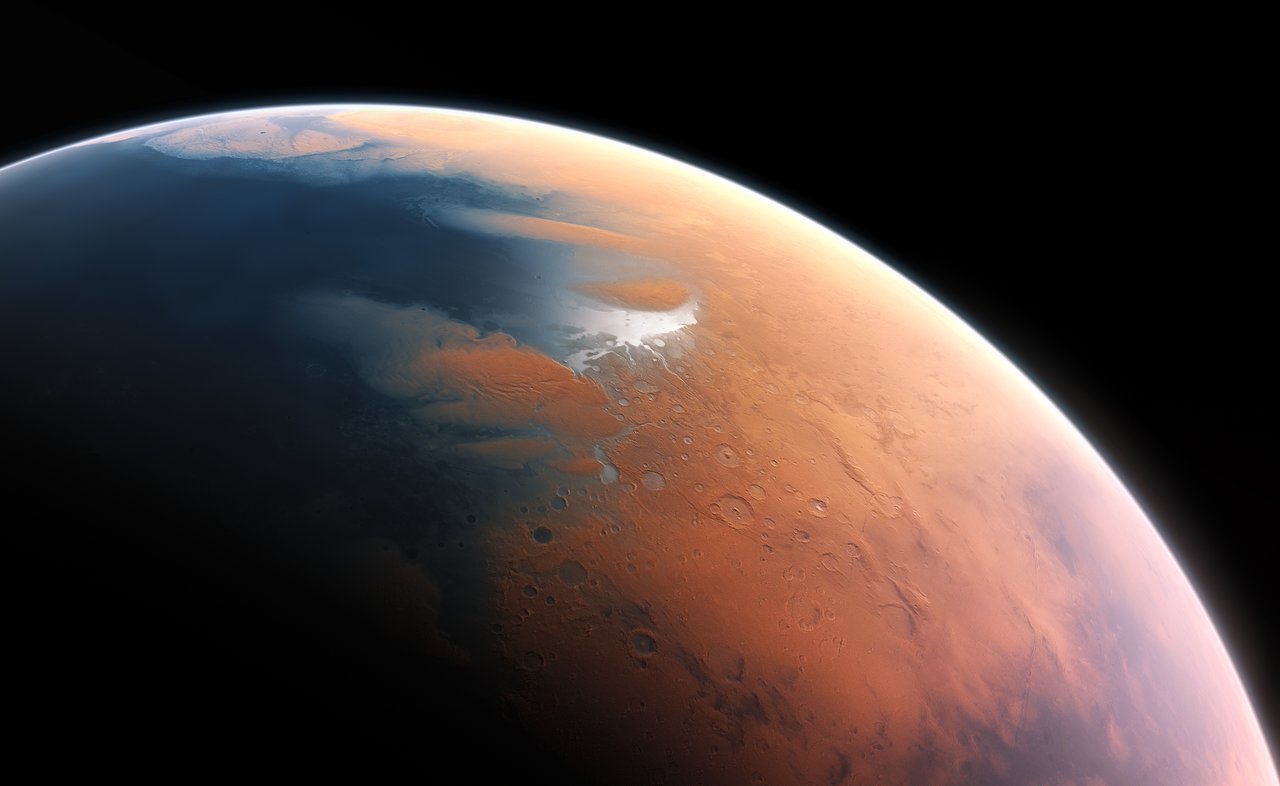
Today, Mars is colloquially known as the “Red Planet” on a count of how its dry, dusty landscape is rich in iron oxide (aka. “rust”). In addition, the atmosphere is extremely thin and cold, and no water can exist on the surface in any form other than ice. But as the Martian landscape and other lines of evidence attest, Mars was once a very different place, with a warmer, denser atmosphere and flowing water on its surface. For years, scientists have attempted to determine how long natural bodies existed on Mars and whether or not they were intermittent or persistent.
Another important question is how much water Mars once had and whether or not this was enough to support life. According to a new study by an international team of planetary scientists, Mars may have had enough water 4.5 billion years ago to cover it in a global ocean up to 300 meters (almost 1,000 feet) deep. Along with organic molecules and other elements distributed throughout the Solar System by asteroids and comets at this time, they argue, these conditions indicate that Mars may have been the first planet in the Solar System to support life.
Continue reading “Mars Once had Enough Water for a Planet-Wide Ocean 300 Meters Deep”Perseverance has Found a Nice Patch of Sandstone on Mars
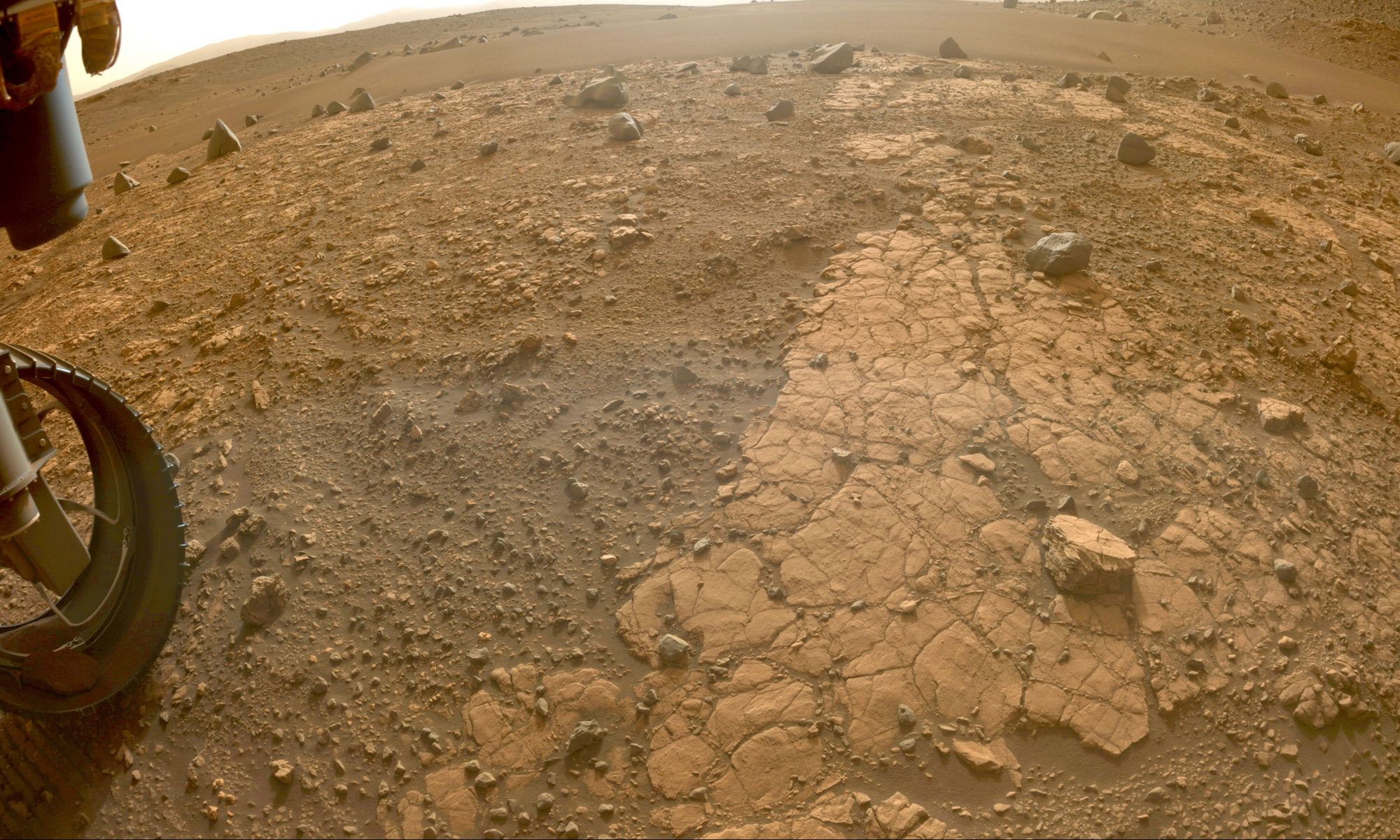
NASA’s rolling geology robot shared a great image of sandstone that it found on Mars in Jezero Crater. It’s in a region called “Yori Pass”, which is part of an ancient river delta. Perseverance will take rock samples there for the upcoming Sample Return Mission. They should tell more about what happened with water in this region. And maybe they’ll show evidence of life.
Continue reading “Perseverance has Found a Nice Patch of Sandstone on Mars”JAXA’s Ambitious Mission to Phobos Will Even Have European-Built Rover
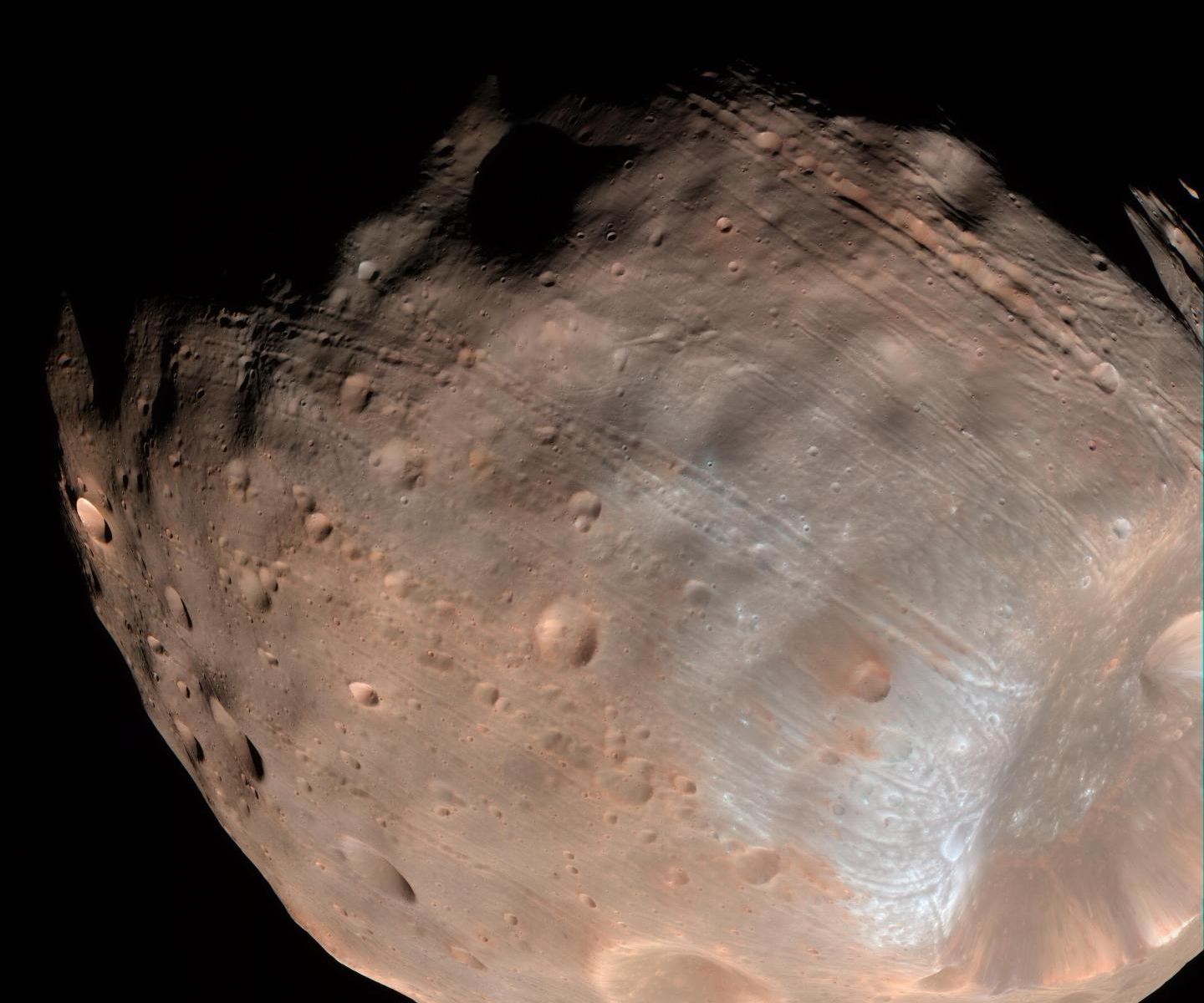
Japan and Germany have a history of collaboration in scientific and technological endeavours. The countries have a Joint Committee on Cooperation in Science Technology that has met many times over the decades. Both countries have advanced, powerful economies and sophisticated technological know-how, so it makes sense they’d collaborate on scientific activities.
This time, their cooperation concerns a small, potato-shaped chunk of rock: Mars’ moon Phobos.
Continue reading “JAXA’s Ambitious Mission to Phobos Will Even Have European-Built Rover”NASA’s MAVEN Witnessed Auroras as Multiple Solar Storms Crashed into Mars
After orbiting Mars for eight long years, NASA’s Mars Atmosphere and Volatile EvolutioN (MAVEN) spacecraft observed an extraordinary duo of auroras around the Red Planet that resulted from solar storms emanating from the Sun only a few days earlier on August 27. This observation is extraordinary since Mars lacks a global magnetic field so the solar flares must have been very powerful for MAVEN to detect them.
Continue reading “NASA’s MAVEN Witnessed Auroras as Multiple Solar Storms Crashed into Mars”The Future of Mars Exploration Belongs to Helicopters

Even though there’s no firm date for a Mars sample return mission, the Perseverance rover is busy collecting rock samples and caching them for retrieval. We’ve known of the future Mars sample return mission for a while now, and as time goes on, we’re learning more details.
The latest development concerns helicopters. With Ingenuity’s success, NASA has decided that the sample return mission will take two helicopters.
Continue reading “The Future of Mars Exploration Belongs to Helicopters”This is Probably the Last Picture we’ll see From InSight on Mars
It’s almost time to say goodbye to another Martian friend. Plenty of missions to the Red Planet have gone silent for the last time, some after many successful years of data collection and some after a brief free-fall as a fireball. We will soon add another Martian explorer to that ever-growing list – InSight might have sent its final image home.
Continue reading “This is Probably the Last Picture we’ll see From InSight on Mars”


